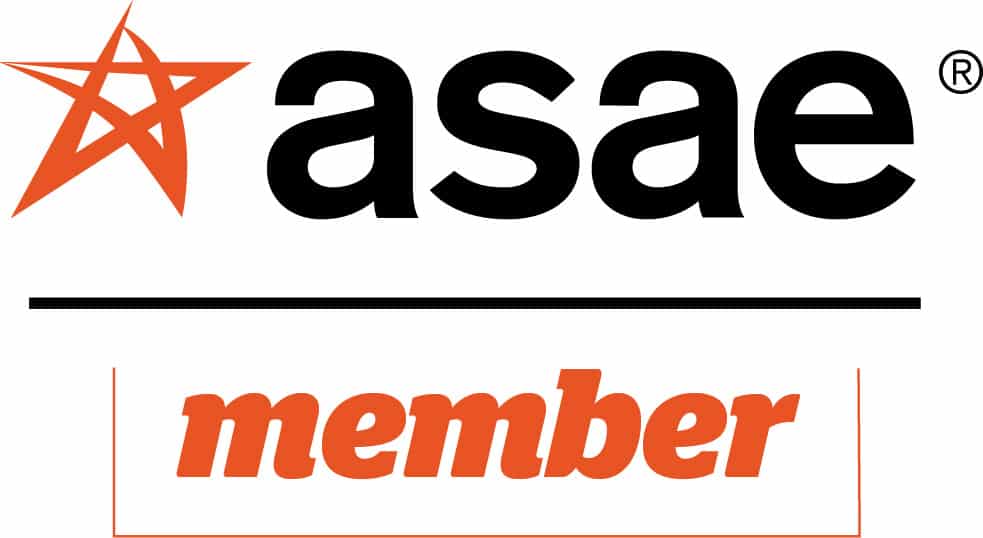This article was first published in Associations Evolve: 2023 & Beyond
Organizational Membership: The Future Of Membership Growth
Group Membership is Not a Growth Strategy
Many associations have “group” membership, which usually amounts to a modest volume discount, sometimes with a single invoice. The idea is that companies will want to pay for their employees’ memberships if they get a price break and a convenient way to pay. Unfortunately, these group membership plans do not do very well and are mostly an afterthought in the membership strategy.
The problem is that companies don’t want to pay for any employee’s membership. Or at least far fewer companies do. Most organizations stopped paying employees’ membership dues when times got tough and never started again. Eventually, organizations realized it was unnecessary since employees who really want a membership are willing to pay for it themselves.
Organizational Membership is the New Path to Growth
Organizational membership is an entirely different value proposition. It is a B2B offering designed with the executive decision-maker in mind. Discounts on individual memberships are but a part of it. The real magic in the offering is a distinct set of benefits that speak to the needs of the executives who make the decision. These are things that benefit the company and the executives themselves.
What kinds of things? They must be things that have demonstrable financial value and elevate the decision-maker’s profile. They could include:
- Positive PR in publications highlighting the great things their organization is doing
- Access to advocacy and policy leaders to be in the know and have their voices heard
- A seat at the table on an Executive Advisory Council with the CEO
- Help in recruiting employees with exclusive data and priority promotional opportunities
- Substantial savings on education and events they have to pay for (e.g., continuing ed, training events)
There are two things to note about this list. First, these are things that only the association can provide but doesn’t offer now. Second, they have real bottom-line value to a corporation at a minimal cost to the association to deliver.
This kind of offer works because it is a great business decision for the company. It has clear value and is easy to justify financially.
Organizational Value is Worth Far More Than Dues
Associations think about dues, which is exactly right for the individual lens and dead wrong for organizations. Why? The value to the organization is not a matter of how many employees they sign up for membership; it is the tangible financial impact they will receive. How much is $1 million in savings worth to an organization?
Corporations expect to pay for things this way—the greater the value, the more things cost. In organizational membership, larger companies generally get more value than smaller ones and thus pay more. A large organization might pay $100K for that $1 million in value. A smaller one might get less and so pay less.
This value-based pricing is uncomfortable for many associations, but it is critical to effectively selling organizational memberships.
An Explosive Growth Opportunity
A prominent medical society Sequence worked with launched an organizational membership with overwhelming success. They designed the membership for large health systems that employ physicians. They offer a suite of benefits, including inside access, publicity, burnout prevention, early access to residents for recruiting, and free continuing education. In addition, all of the physicians in the system are eligible for individual membership at no cost.
The cost is value-based, ranging from a flat fee of $15k for smaller systems to $100K for large ones. The price does not depend on the number of individual memberships. Health systems sign up for the tangible financial value they receive.
In the first year, 5,000 new physicians came in through enterprise membership, so many that they had to pause the program because they could not onboard them fast enough. Some of the largest systems have enrolled as many as 15K physicians. The association projects that more than half of its new members will join through organizational membership in a few years.
The Key is to Sell It the Right Way
What were the keys to success? First, an incredibly attractive set of benefits based on thorough research. Second, a convincing financial case. Finally, and most importantly, sales.
Organizational membership is a B2B sale. It takes time and skill to reach and persuade the right buyers. In this case, it meant a sales resource dedicated to building this program, armed with the quality of sales materials executive buyers expect. It also meant solid executive support: the CEO will personally engage with executives at large systems to help convince them.
Their vision and investment paid off. Other Sequence clients have had equivalent success with organizational membership programs custom-tailored for their markets. For example, the Executive’s Club of Chicago doubled its membership in three years after rolling out a new Enterprise Member value proposition.
In another example, SAE International launched a subsidiary focused solely on the needs of companies in their industry and grew their non-dues revenue ten times over.
How to Minimize the Risk
While the payoff can be very substantial, it can come with some risks. One concern is how much it might “cannibalize” individual membership. The risk is that organizational membership might ultimately decrease net revenue by offering discounted memberships to individuals who would have paid full price.
It is a valid question that one can answer with good data analysis. Unless market penetration is exceptionally high, the revenue gains will outweigh the discounts in most cases.
There is also a risk that big groups that join at once might leave at once, creating excessive volatility in membership. To reduce this risk, one can mitigate this with thoughtful multi-year contracts that include extended notice provisions and other safeguards.
The Future of Membership Growth
For more on membership growth strategy see Association Success: 7 Ways to Thrive Not Just Survive.













